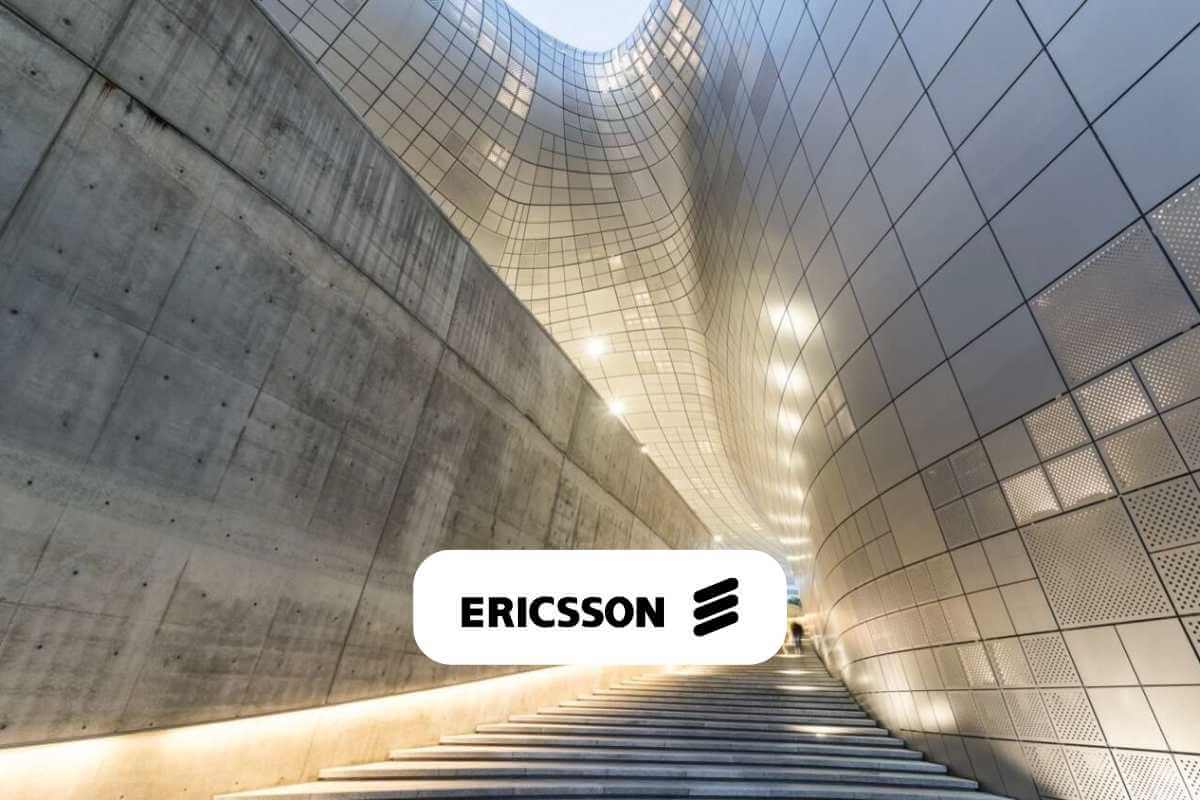
Ericsson has launched two new rApps, the RAN Energy Control and RAN Energy Cockpit, aimed at improving energy efficiency and network performance for service providers as they face increased complexity in network operations. Furthermore, with the introduction of 5G and data-hungry applications, radio access networks (RAN) are expected to handle diverse use cases and devices while ensuring the best user experience.
Also Read: Ericsson Upgrades Its Private 5G Network Solution
Ericsson RAN Energy Control rApp
The Ericsson RAN Energy Control rApp uses artificial intelligence (AI) and machine learning (ML) technologies for closed-loop automation, autonomously determining which radio power-saving features per radio unit should be activated or deactivated every 15 minutes across the network on a radio unit-level of granularity.
Reduce Radio Network Energy Consumption
It also takes traffic impact into consideration using ML to ensure network performance is not affected, reducing daily radio network energy consumption by up to 25% without compromising user experience.
Also Read: Ericsson Completes Transfer of IoT Business to Aeris
Ericsson RAN Energy Cockpit rApp
The RAN Energy Cockpit rApp monitors the energy performance of each radio unit and the overall network, providing visualization of the network's energy efficiency with site granularity, automated identification and isolation of causes of inefficiencies, and resolution recommendations.
Delivered Initially in Ericsson Intelligent Automation Platform
Both rApps will initially be delivered in the Ericsson Intelligent Automation Platform and are platform-agnostic, delivering functionality into Open RAN architectures using the O-RAN Alliance's R1 interface. The aim is to give service providers the flexibility to choose their desired network evolution path while automating their network with greater energy efficiency.















